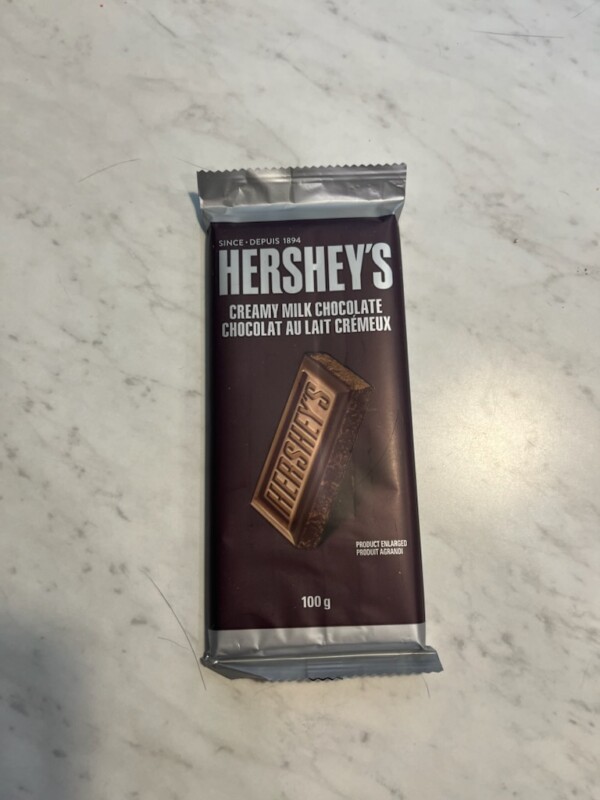
{5.189749,-5.451076}
How is it produced?
The cocoa tree can be grown either 20 degrees north or south of the equator (Leissle, 2018). “Centuries of globalization have spread cultivation across [the globe]” (Leissle, 2018, p. 4), which has resulted in the majority of cocoabeing grown in West Africa, mainly the Ivory Coast and Ghana (Leissle, 2018). The Ivory Coastis the world’s leading exporter of cocoa, exporting roughly 40% of global exports (Leissle, 2018).
Harvesting cocoa involves removing wet beans from the ripened pods and then fermenting the wet beans by pilling them together in boxes covered by banana leaves (International Cocoa Organization, 2021). The fermentation process takes approximately 2-5 days depending on bean type (International Cocoa Organization, 2021). Finally, the fermented beans are dried in the sun to reduce the moisture before being exported to the Global North for the manufacturing of cocoa beans into chocolate (International Cocoa Organization, 2021).
Describe the supply chain to the store shelf in Canada:
From the cocoa trees, farmers pick the cocoa pods and extract the wet beans. They pile them together in boxes covered by banana leaves (International Cocoa Organization, 2021). Finally, the fermented beans are dried in the sun to reduce the moisture before being exported to the Global North (International Cocoa Organization, 2021). The beans are then brought to the manufacturing plants, such as Hershey’s, and made into chocolate bars, combining the cocoa with other ingredients. The finished product (chocolate bars) are then shipped across the Global North and sold in stores.
What is the power balance between the producer and seller?
Ivorian farmers face political tension as they face possible death or taking of land by racial and ethnical discrimination. Although, these are examples of systemic problems, corporations continue to purchase from these producers that have no regard for the environment or social well-being of farmers. However, corporations can’t buy cocoa outside West Africa, because that would harm millions of honest and hardworking peoples’ livelihoods (Leissle, 2018). Instead, organizationssuch as Fairtrade have provided farmers safety nets in order to continue farming and receive benefits.
Fairtrade “enables farmers and workers to have more control over their lives and decide how to invest in their future” (Fairtrade International, n.d.). Producers are subject to an annual fee for certification; however, certification is beneficial for producers as global consumers are becoming more aware of the injustices of the cocoa trade market, therefore, forcing corporations to adapt and source their cocoa only from certified producers. While being beneficial to producers and protecting farmers, some big corporations have started to certify producers internally. Without a third party, such as Fairtrade, we see a decrease in transparency to the trade terms (Leissle, 2018), meaning internal certification is subject to the limits set by the corporation. Therefore, with decrease transparency to consumers, it’s hard to compare, meaning consumers are somewhat forced to take these corporations for their word.
Can you recommend changes to the system to improve the balance?
Globalization has brought prosperity to some at the expense of others, however, through the help of non-governmental organizations and consumer knowledge, these disparities can be alleviated. Forcing the cocoa market to adapt and corporations to generate certification methods of Fairtrade have helped alleviate some disparities. Although, some of that transparency is decreasingthrough the establishment of internal certification, consumers “must assess the trade justiceaccomplishments of any initiative or company against its own vision” (Leissle, 2018, p. 157). Therefore, even though companies have established such certification, initiatives have forced companies to try and fix the disparities for farmers. Even though it’s hard to see whether farmers see benefits from such fixes, initiatives such as Fairtrade and direct trade are evidence that such benefits do exist and, therefore, forces corporations to implement strategies and their own initiatives to help farmers and keep their corporation from ethical collapse.
References/Resources:
About Fairtrade. Fairtrade International. (n.d.). Retrieved January 28, 2023, fromhttps://www.fairtrade.net/about
Abu, I.-O., Szantoi, Z., Brink, A., Robuchon, M., & Thiel, M. (2021). Detecting CocoaPlantations in Côte d’Ivoire and Ghana and their Implications on Protected Areas. Ecological Indicators, 129, 1–11. https://doi.org/10.1016/j.ecolind.2021.107863
Ellwood, W. (2016). Globalization (4th ed.). ACP – Between the Lines.https://bookshelf.vitalsource.com/books/9781771132466
Harvesting & Post-Harvest. International Cocoa Organization. (2021, September 14). Retrieved January 28, 2023, from https://www.icco.org/harvesting-post-harvest- new/#:~:text=Harvesting%20Cocoa&text=Harvesting%20involves%20removing%20ripe %20pods,with%20a%20well%20sharpened%20blade
Hershey Cocoa for Good: 2020 Farmer Groups (89) Supplying Hershey’s Under Cocoa ForGood . The Hershey Company. (2020). Retrieved January 28, 2023, fromhttps://www.thehersheycompany.com/content/dam/corporate- us/documents/pdf/Hershey%20Cocoa%20For%20Good%20Farmer%20Groups.pdf
Leissle, K. (2018). Cocoa. Kindle. Polity Press. Retrieved January 28, 2023.
Reich, R. B. (2020). The System: Who Rigged It, How We Fix It. Vintage Books.

